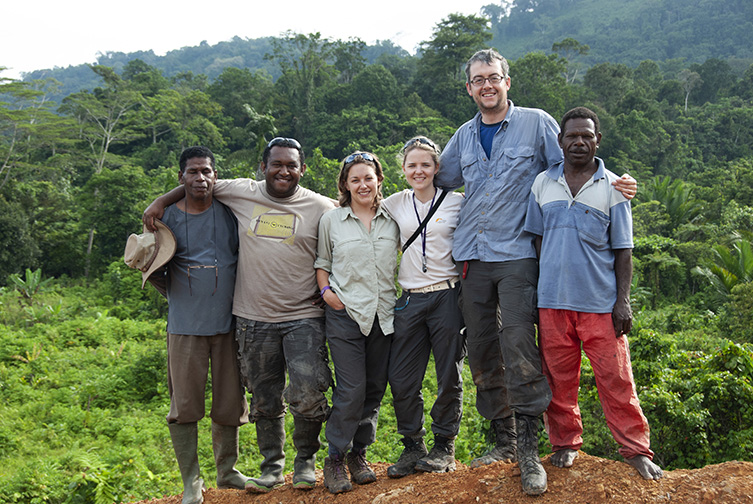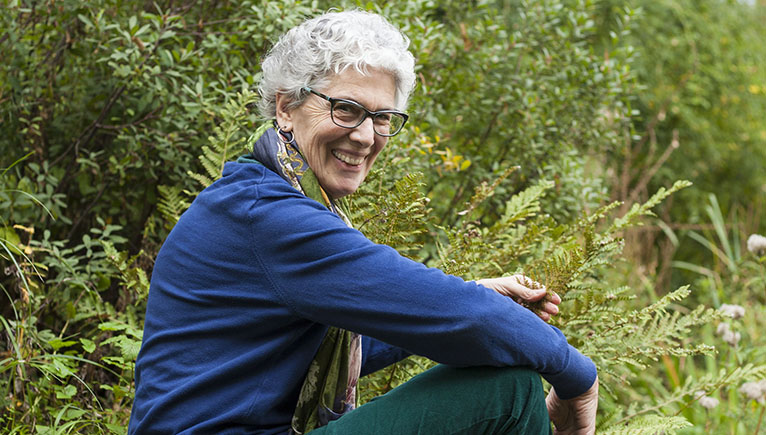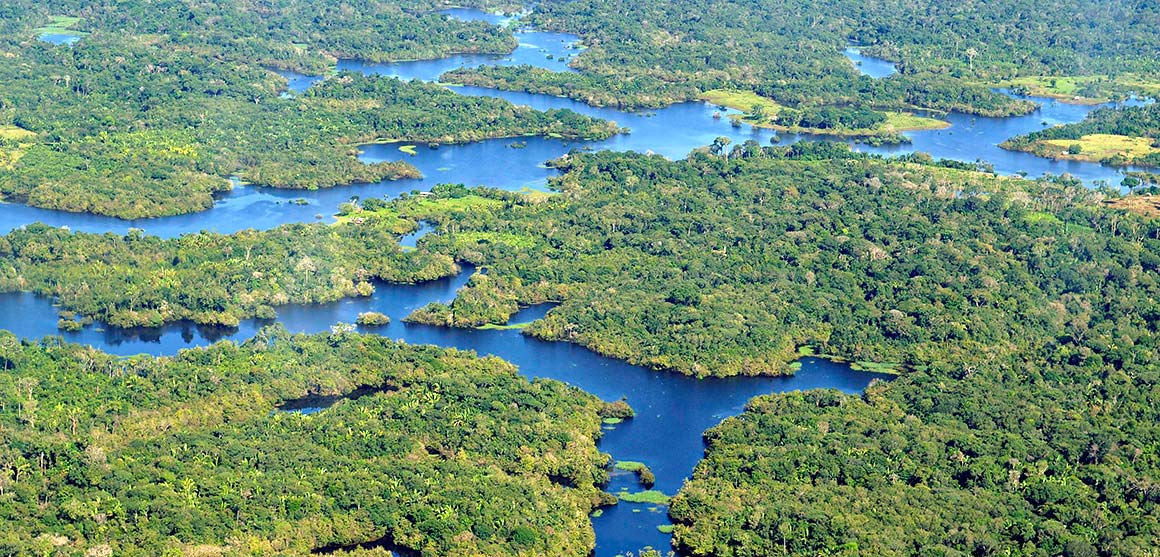The first taxonomically verified checklist of the plants of New Guinea is complete.

Genus Freycinetia, with 140 species, is a group of forest climbers in the Pandanaceae family, one of the 20 most-diverse groups in New Guinea.
An international team of botanists documented more than 13,000 plant species on the world's largest tropical island and suggested that even more are likely to be described in the future.
The list, published in the journal Nature, is the first attempt to document the island's incredible plant diversity in a systematic way that is easily accessible to researchers all over the world.
It was compiled by 99 botanists from 56 institutions, including experts from the region, alongside others from the UK, Europe, Indonesia, the USA, China, Japan, Malaysia, Singapore and Australia.
Dr Rodrigo Cámara-Leret, lead author and postdoc researcher at the University of Zurich, says, 'New Guinea is extraordinary: it is a paradise island teeming with life. As the second-largest island in the world after Greenland and the world's largest tropical island, it supports a mosaic of ecosystems and is globally recognised as a centre of biological diversity.
'However, despite this, knowledge on New Guinea's flora has remained scattered for years, limiting research in this megadiverse area. Our paper set out to address this.'

A fieldwork team from Universitas Negeri Papua, Forestry Department Sorong and Royal Botanic Gardens Kew with local guides in the Tamrau Mountains of West Papua. Image: Royal Botanic Gardens Kew.
The botanists verified the identity of more than 23,000 plant names from over 704,000 specimens in a large-scale collaborative effort.
They found 68% (9,301) of the plants in New Guinea to be endemic to the island, meaning more than two thirds of its plants cannot be found anywhere else on Earth. This makes New Guinea the only island in the Southeast Asian archipelago with more endemic than non-endemic species.
Dr Sandra Knapp, a botanist at the Museum, helped to document New Guinea's climbing plants and shrubs in the nightshade family, her speciality.

Dr Sandy Knapp joined forces with more than 90 other experts across the world to complete the study
She says, 'This incredible achievement just shows that while there is still much left to discover, if we come together as a global community with united goals and a willingness to share the unique resources we have, we can create a digital, innovative, first-of-its-kind product.
'Pulling together information from many sources is only a first step. It is the careful verification of records by specialist taxonomists that makes this work more than just a list. It represents the hive-mind of taxonomists from all over world, brought to bear on the plants of New Guinea.
'This should now serve as a baseline for much more work and discovery in the years to come.'

A tree fern savanna in the Cromwell Mountains of Papua New Guinea. Image: Royal Botanic Gardens Kew.
Why is New Guinea so special?
New Guinea is a biodiversity hotspot: it is home to more than 800 species of birds, 150,000 known species of insect and more than 300 species of freshwater fish. It also sits inside the Coral Triangle, the most diverse area of ocean in the world.
The island's variety is partly down to the fact that it is a very large landmass with a wide range of altitudes. It supports a huge array of habitats, including coastal mangroves, rainforests, savannas, mountain plateaus and active volcanoes.
It's also at a kind of geological crossroads, sitting at the junction of two the Australian and Pacific tectonic plates.
About 200 million years ago, the land that makes up New Guinea would have been connected to Australia, but over millennia the island has drifted northwards. It retains some pockets of vegetation left over from that connection to Australia that have stayed unchanged over the last 60 to 90 million years. As the island moved north, it was also colonised by plants from nearby Asia.
As it is now an island, New Guinea's flora and fauna have had the chance to evolve in unique ways, separate from the evolutionary activity of both Australia and Asia.

A local guide locates a spectacular Rhododendron in bloom in the Cromwell Mountains of Papua New Guinea. Image: Royal Botanic Gardens Kew.
Botany on New Guinea
Trees, shrubs, herbs, palms and climbing plants thrive all over New Guinea.
There are plenty of flowering plants - including 2,856 species of orchid - and nearly 4,000 species of tree.
The researchers acknowledged that there are likely to be many more plants on New Guinea that have not yet been scientifically named or studied. The authors estimate that in 50 years, up to 4,000 species will be added to the list.
For centuries, Indigenous People all over the world have relied on and learnt from their native ecosystems, discovered species, and found new ways of using plants for medicine, food and clothing. There are around 1,100 Indigenous groups living on New Guinea, many of whom have a deep knowledge of some of the plants they share the island with.
The authors of this checklist hope that it can prove useful in collating knowledge. They also recommend that local botanists on the island be given more support to help them to research, describe and protect the great diversity of life there, and to create the next generation of botanists living and working on this incredible island.
By making this checklist available globally, the authors hope that efforts will be scaled up to train the next generation of New Guinea's plant taxonomists, to digitise and unify historical collections around the world, and to find long-term financial support for taxonomic studies to accelerate research.
Sandy adds, 'These kinds of checklists can only be made when institutions support the work of taxonomists. It's also important to digitise specimens and collaborate with colleagues internationally, so we can join up everyone's pockets of knowledge and enable us to understand the natural world which we all rely on.'
More information
- Read the research paper in the journal Nature.




Don't miss a thing
Receive email updates about our news, science, exhibitions, events, products, services and fundraising activities. We may occasionally include third-party content from our corporate partners and other museums. We will not share your personal details with these third parties. You must be over the age of 13. Privacy notice.
Follow us on social media